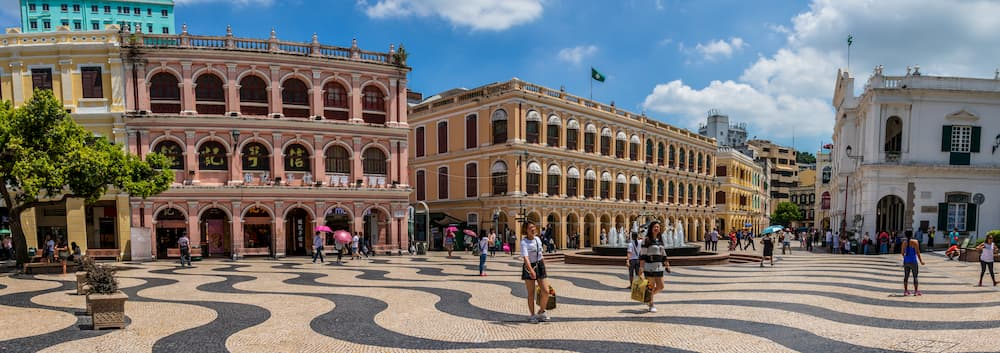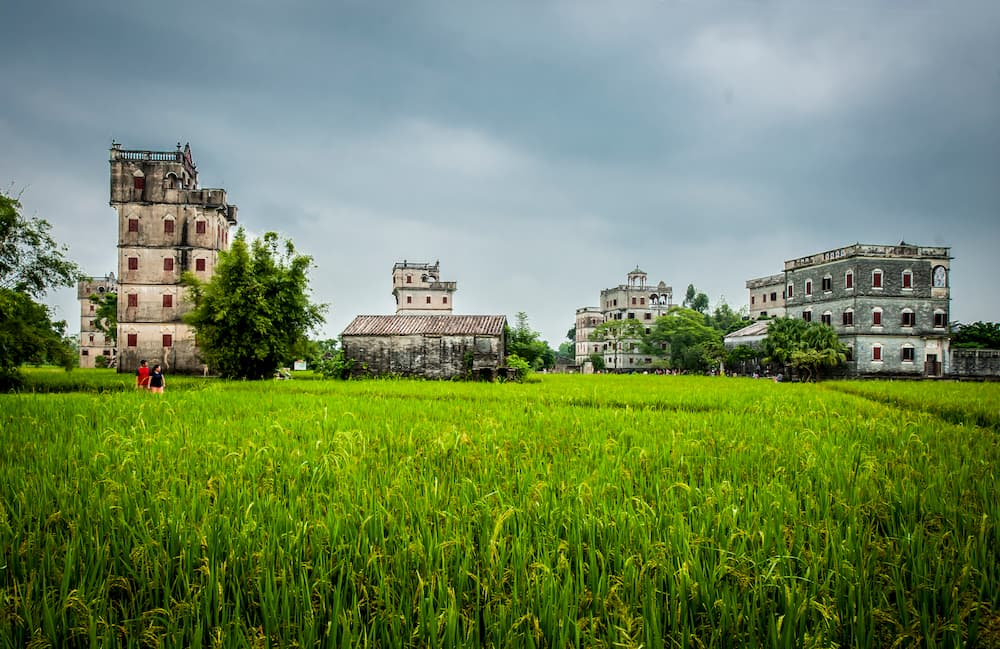
Temple of Heaven
Splendid
Chi Culture
Topic
Temple of Heaven
The Temple of Heaven, originally named Temple of Heaven and Earth, was constructed in 1420, the eighteenth year of Emperor Chengzu’s Yongle reign of the Ming dynasty. In 1530, the ninth year of the Jiajing reign, a building dedicated to the god of earth—the Temple of Earth was built in the northern suburbs of Beijing and the Temple of Heaven and Earth was renamed the Temple of Heaven. It was a sacred place for worshipping heaven and praying for bumper harvests during the Ming (1368–1644) and Qing (1644–1911) dynasties.
The Temple of Heaven refers to the entire group of buildings, including the Hall of Prayer for Good Harvests (Qinian dian), the Imperial Vault of Heaven (Huangqiong yu), and the Circular Mound Altar (Huanqiu tan).
The Hall of Prayer for Good Harvests is a circular building, thirty-six meters in diameter and thirty-eight meters high. The exterior has triple eaves and a pointed top that has been gilded. Each double-eave is covered with blue glazed titles. The coffered ceiling of the dome has a nine-dragon design. The pattern is exquisite. The circular main hall is unique—because of this, traverse and longitudinal beams (purlins) are not required, although, such beams generally are required in large rectangular-shaped halls. The main architraves used in the dome are curved.
The pillars distributed inside and outside of the great hall are not only indispensable architectural components, but are also artistically significant. They represent the four seasons, the twelve months, the twelve earthly branches, and the twenty-four solar terms. The entire hall sits on a six-meter high, three-layer white marble pedestal. Under the blue sky and the surrounding pine and cypress trees, the horizontal base and the Hall of Prayer for Good Harvests appears noble, elegant, and unrestrained.
The Circular Mound Altar, a relic of the Qianlong era (1736–1795) of the Qing dynasty, is a circular three-level platform. There are four sets of steps one for each of the cardinal directions: north, south, east, and west; each set of steps has nine steps. According to records from the time of its construction, the platform’s upper level is nine zhang (28.8 meters), the middle level is fifteen zhang (48 meters), and the lower level is twenty-one zhang (67.2 meters). The Hall of Imperial Heaven (Huangqian dian) and the Circular Mound Altar, connected by the Danbi Bridge, form the axis of the Temple of Heaven complex. Two buildings along this axis have domes with pointed tops: one is the Hall of Prayer for Good Harvests, and the other is the Imperial Vault of Heaven. These two buildings face each other.
Of the two domed buildings in the Temple of Heaven complex, the Imperial Vault of Heaven has undergone more changes over the years. It was originally a domed hall with double eaves. During the Qianlong era, the building was renovated and altered to the current style that we are familiar with—a domed building with a single set of eaves. The renovation was very successful in terms of the overall aesthetic of the place. The Echo Wall surrounding the Imperial Vault of Heaven is quite impressive. However, Echo Wall obviously is not the name used during the Ming and Qing dynasties; during that time, it was simply the Imperial Vault of Heaven’s encircling wall.
In addition to the main buildings and side buildings, there are functional subsidiary buildings, including a kitchen for preparing sacrificial food, storage for storing sacrificial items, an abattoir, the Hall of Abstinence (or Zhai gong, where the emperor fasted), the Divine Music Administration (Shenyue shu), the Sacrificial Place (Xisheng suo), and the emperor’s dressing terrace (room).
The many legends about the Temple of Heaven, fall roughly into five categories: legends about the construction, the scenery, stories about the Temple of Heaven itself, legends about the surrounding areas, and legends about the people. These tales add a layer of mystery to the place.
The Temple of Heaven is a sacred place where humans and spirits communicate. The architecture, layout, and art aid the communication between humans and spirits.
Of course, today the Temple of Heaven also has another special symbolic meaning. The Hall of Prayer for Good Harvests has become a symbol of ancient Chinese architecture and traditional culture; its likeness has appeared in books, newspapers, and magazines.







